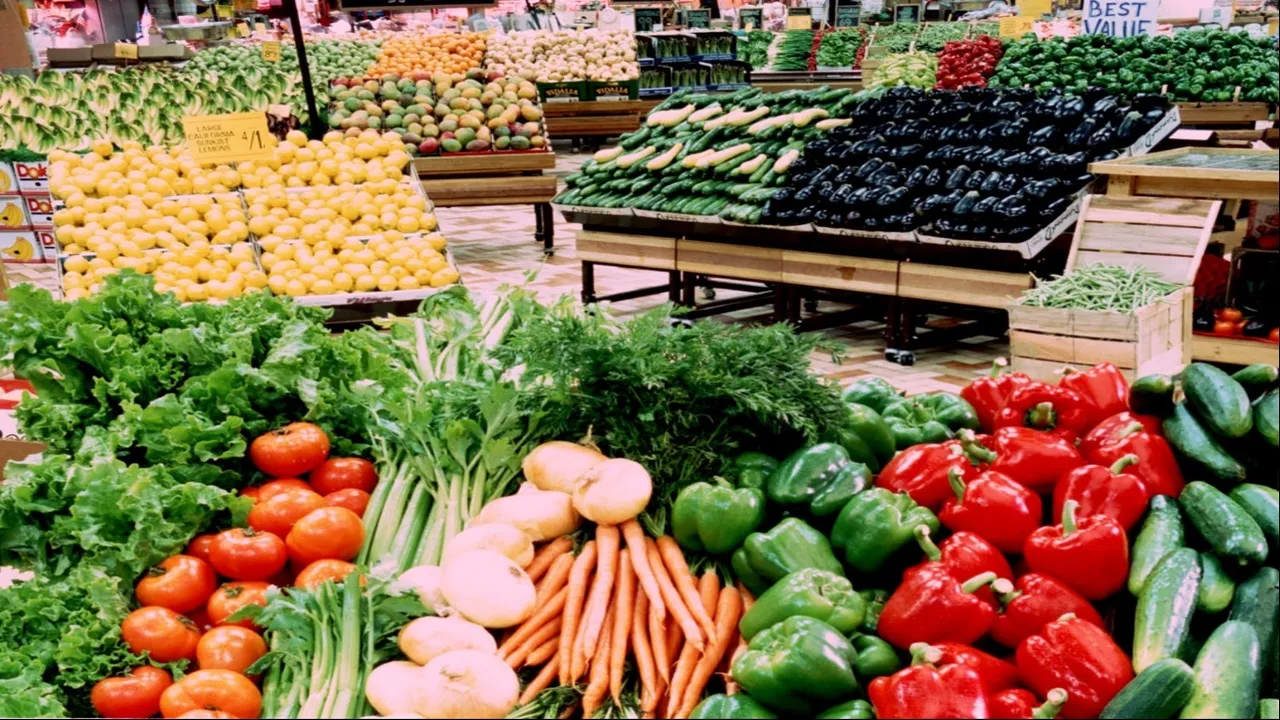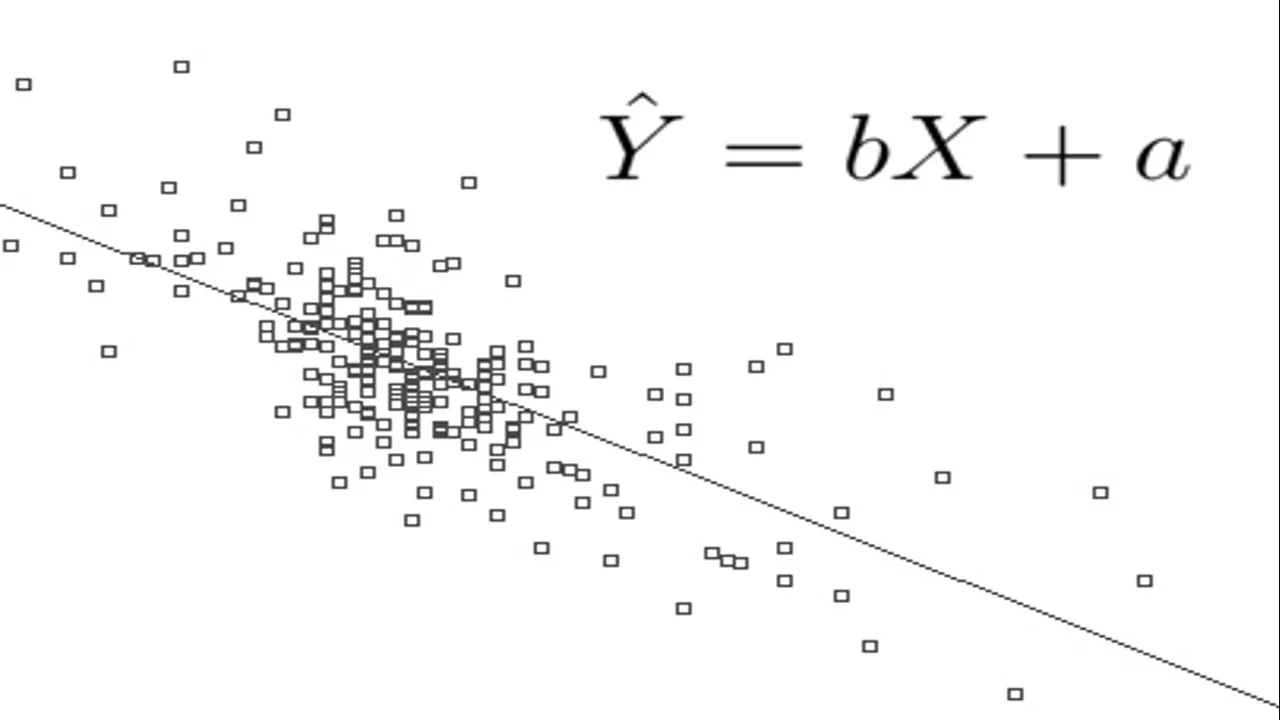
This is the second post in my ‘Economics is Everywhere’ series. This post takes a look at spending and selection of items in the supermarket. The choices made at the supermarket depends on a number of factors. Some of these factors are as follows:
- The frequency of trips to the supermarket
- The number of people in the household
- The tastes of the shoppers (fresh vs. processed food)
- The size of the supermarket
Frequency of Trips to the Supermarket
Some people visit supermarkets on a daily basis while others visit them on a bi-weekly, weekly or even monthly basis. Those visiting the supermarkets on a daily basis tend to be shopping for only current needs and wants. Daily shopping allows for the purchase and consumption of fresh ingredients on a daily basis. Daily shopping can therefore offer healthier options to buyers as long life and processed foods are not necessary for later consumption. This does not necessarily mean that long life and processed foods will not be selected.

The reason for high frequency trips to the supermarket may not be related to the freshness of the food sought but may relate to the carrying capacity of the shopper. The shopper may not have a vehicle, therefore frequent shopping trips might be the most reasonable option for bringing shopping home. It is also possible to the contrary that a vehicle may provide additional convenience and actually promote more shopping trips. Proximity to shops is also likely to play an important role in the number of trips to the supermarket. Close proximity and easy access is likely to encourage more trips.
The Number of People in the Household
For a household with a small number of people (one or two), shopping trips are reasonable simple. The buyer also consumes the goods purchased. For a larger number of people (five or six), shopping trips could become more difficult. If the shopping is done together (most of the members of the household visit) decisions can be made in the supermarket itself regarding which products to buy. This will most likely be limited and only for certain items as deciding over every product would be very time consuming. Shopping might be done by just one representative of the household. This requires decisions to be made prior to the trip to the supermarket. Shopping lists may become essential unless selection of items is routine and easy to remember based on repeat buying.

For a household with a large number of people, shopping less frequently would be logical as daily shopping would require vehicle transportation and daily coordination of purchases. Research also supports the inverse relationship between household size and number of shopping trips; see link to paper at the end of the post.
The Tastes of the Shoppers (Fresh vs. Processed Food)
A preference for fresh food may require more frequent trips to the supermarket or green grocer. A desire for long life or processed foods does not require frequent trips to the supermarket as this food does not perish in the short term. Another possibility is that shoppers may shop once a week and consume the perishable food in the first half of the week. People with fresh food preferences may not visit the supermarkets but instead just visit local fruit and vegetable markets.

Shoppers may also prefer locally produced products over imported products that might be cheaper. This decision could be made out of loyalty to local producers or that locally produced products taste better. Other shoppers might prefer the lower priced imported food if their opinion of the taste of the food is reasonably high.
Branding of supermarket products also affects selection. A well-advertised and promoted brand may attract more shoppers than an unknown brand. Shoppers may feel comfortable in consuming something that is well known, even if it is not superior to the cheaper brands. Other shoppers may experiment with the cheaper brands until they find a brand that suits their taste and eventually continue to purchase that brand once familiar with it.
Tastes might also be conditional to the health rating of the product, the impact on the environment, or if the product involves cruelty to animals either through farming or animal testing. There are many factors that influence the tastes and preferences of buyers and every buyer is different. To fully understanding shopping preferences, data collection techniques are required. Data can be collected based on sales (revealed preference) or from surveys of customers (stated preference).
The Size of the Supermarket
There are some supermarkets that are enormous and sell most items in bulk; for example the supermarket chain ‘Costco’. Bulk buying offers large discounts and is ideal for households with many members. Bulk buying also favours long life, processed foods, and non-edible supermarket items. Larger supermarkets also tend to be further away from residential areas and require vehicle access. Larger supermarkets are likely to therefore encourage less frequent trips and the purchase of larger quantities. Whereas smaller neighbourhood supermarkets are likely to be visited more frequently but will have lower sales per visit.

Applying Economics to Shopping
Four factors have been discussed and how they may influence shopping behaviour; there are likely to be more than those four but this post is not intended as a comprehensive analysis of supermarket shopping behaviour. Some factors will have a stronger influence than others. Not all factors will consistently influence behaviour in the same way. Research suggest that car ownership will encourage more shopping trips because of increased convenience. Research also suggests that older people shop more frequently and older people also have a lower rate of car ownership. Outputs from research will provide the general trend but there will always be people that will not to follow that trend and have reasons not to follow the trend.

People consciously or subconsciously assess the level of utility they can obtain from their shopping experience. Their selection of items demonstrates their preferences, for example the choice of fresh food over processed food. These preferences are likely to influence the frequency of shopping trips. The frequency of shopping trips are also influenced by other factors such as the cost and time taken to travel to the supermarket. These costs along with utility obtained from purchases influences what people buy in the supermarket.
So what economics concepts are applied to a trip to the supermarket?
Concept 1: Maximising of Utility
Similar to the first post in this series, the concept of maximising utility from purchases made is relevant. The concept of maximising utility is around obtaining as much satisfaction as possible from the limited resources we have available to obtain that satisfaction. Shoppers generally aim to select items that maximise their utility per dollar spent. The word ‘aim’ is used as supermarkets contain many products and brands that shoppers have little knowledge of the satisfaction that they will obtain from consuming it.

Concept 2: Bounded Rationality
This takes us to our second concept ‘bounded rationality’. Bounded rationality relies on making decisions with incomplete information. People often look for selections that only barely meet their needs and wants and these selections are not necessarily the best. This is called ‘satisficing’, satisficing does not usually result in the maximising of utility. Not all information is available about every product on sale in the supermarket. Shoppers rely on personal experience, reputation of product, and advertising. Bounded rationality is even more apparent for large households when one member of the household is required to shop for the other members.

Concept 3: Research, Data Collection Techniques and Econometrics
Research methods are not typically directly applied by shoppers themselves, though some shoppers may take the extra effort to research different products and their benefits. Research and data collection is important to understand shopper’s behaviour and is used by supermarkets and manufacturers to produce products that consumers want or believe they want. Econometrics is statistical analysis used by economists to understand the relationships between variables (e.g. price of peanut butter and number of peanut butter jars sold). Econometrics can help us understand the relationship between factors such as proximity to the supermarket and the number of trips to the supermarket.

This post aims to explain how economics affects our basic grocery shopping behaviour and should not be used as research to suggest any particular pattern of behaviour. There are academic papers that provide detailed analysis of such behaviour. These papers should be referenced for actual relationships. This post merely explains the possible thought processes and possible application of economics to decision making.
Below is the link to research paper titled ‘Fresh produce consumption and the association between frequency of food shopping, car access, and distance to supermarkets’
https://www.ncbi.nlm.nih.gov/pmc/articles/PMC4721283/
You can find me on LinkedIn at: https://www.linkedin.com/in/waynedavies-spectrumecons/
You can find me on Facebook at: https://www.facebook.com/SpectrumEconomics/
You can find me on Steemit at: https://steemit.com/@spectrumecons

